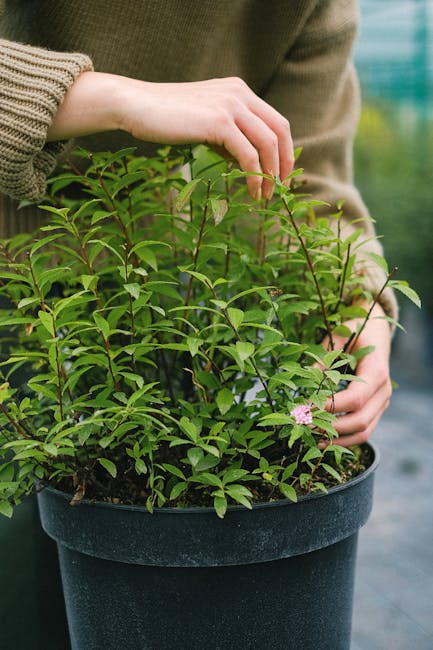Gardening enthusiasts are always in search of sustainable and effective ways to enhance their gardens. One of the most effective and eco-friendly methods is through the use of wood chips as mulch. This article delves into the remarkable benefits of wood chips, making a compelling case for their use in your garden.
Table of Contents
Why Wood Chips are a Gardener’s Best Friend
Using wood chips as mulch in the garden can be likened to investing in a long-term savings account. Just as you deposit money and watch it grow over time, wood chips break down slowly, enriching the soil and reducing the need for constant weeding. Here’s how they work:
Benefits of Wood Chips
- Suppress Weeds: Wood chips create a barrier that prevents light from reaching weed seeds, thereby inhibiting their growth. This means fewer weeds to pull out and more time to enjoy your garden.
- Enhance Soil Fertility: As wood chips decompose, they enhance soil structure and add organic matter. This process improves water retention and root penetration.
- Prevent Soil Compaction: By covering the soil, wood chips help prevent soil from compacting, especially during heavy rains. This keeps the soil aerated and promotes healthier plant growth.
- A Sustainable Solution: Wood chips are often byproducts of tree trimming and landscaping, making them an environmentally friendly choice. Reusing these materials supports a cycle of sustainability.
- Cost-Effective: Compared to other mulching materials, wood chips are relatively inexpensive and sometimes even free, making them a budget-friendly option for gardeners.
How to Use Wood Chips Effectively
Ideal Depth and Types
For optimal results, the depth of the wood chips layer should be around 2-4 inches. The type of wood chips also matters:
– Hardwoods: Such as oak or maple, are durable and decompose slower.
– Softwoods: Like pine, decompose faster and are better for short-term use.
Application Tips
- Lay Down the Chips: Spread the wood chips evenly over the soil, ensuring the desired depth is maintained.
- Avoid Mixing with Soil: Wood chips should be used as a top layer and not mixed into the soil, as this can disrupt the soil structure and nutrient balance.
- Consideration for Annual Plants: For annual plants, diced leaves can be an alternative mulch, providing similar benefits without the longevity of wood chips.
Potential Concerns
While wood chips are generally advantageous, it’s important to note:
– Juglone Sensitivity: Some plants may be sensitive to juglone, a chemical found in Black Walnut roots. Be cautious if these types of wood chips are being considered.
Community Insights
The practice of using wood chips in gardening has gained popularity, partly inspired by Paul Gaou and the Back to Eden gardening method. This method underscores the importance of mimicking natural processes to improve garden health. Furthermore, members of the gardening community, like Jazz Vent, advocate for the use of wood chips, recognizing their value in promoting a healthier and more productive garden ecosystem.
Conclusion
Incorporating wood chips as mulch is a wise, sustainable, and cost-effective gardening strategy. By suppressing weeds, improving soil fertility, and preventing soil compaction, wood chips can transform your garden into a thriving and low-maintenance haven. So, consider investing in wood chips for your garden – it’s a decision that will bear fruit for years to come.
Whether you’re an experienced gardener or just starting out, these insights provide valuable guidance on making the most of wood chips in your garden. Happy gardening!
